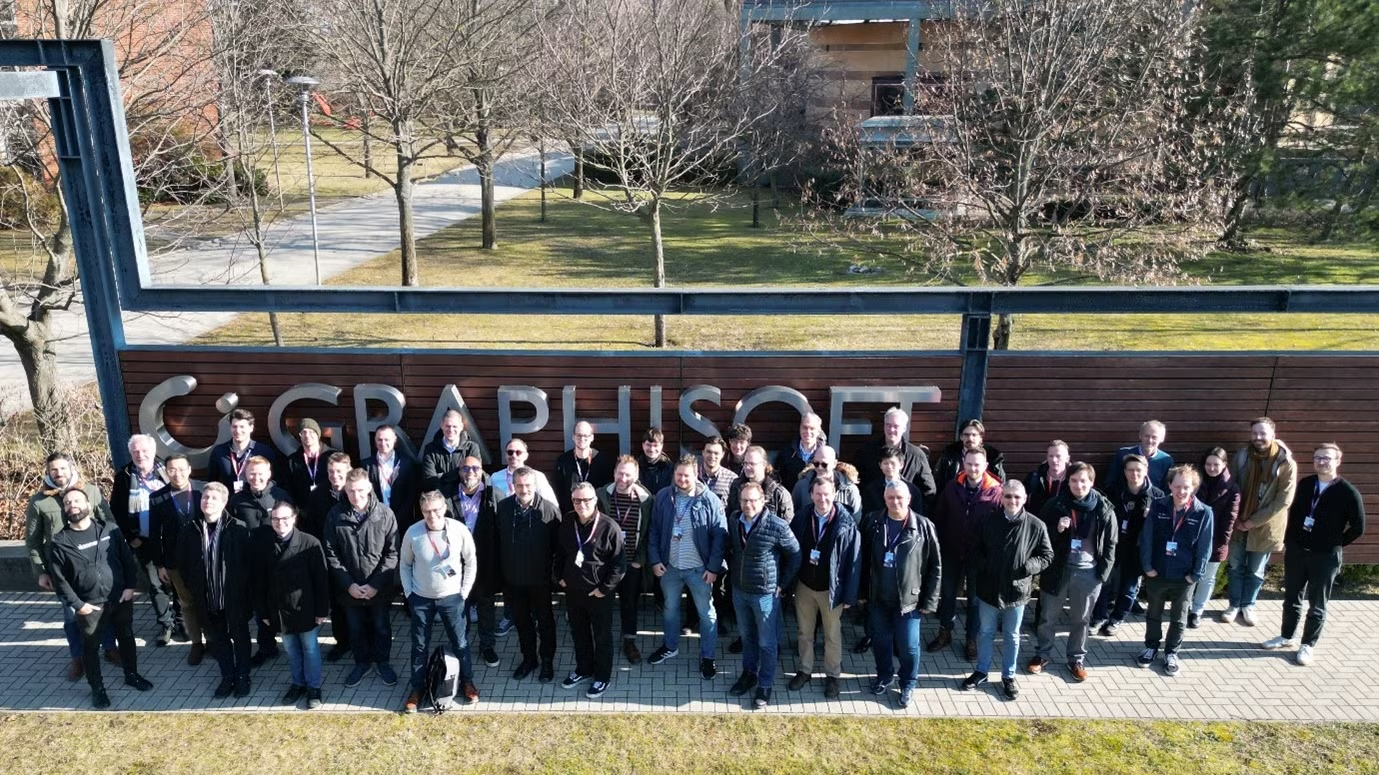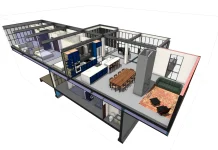The top 3 Lean principles in developing BIM software are outlined by coBuilder Marketing
The term ‘Lean’ comes from Lean Manufacturing and is a set of principles for achieving quality, speed & customer alignment. BIM is a system of digitalisation processes in the construction industry, underpinned by the creation, collation and exchange of shared 3D models with intelligently structured data attached to them. So how do we unite the two concepts when it comes to BIM data software?
Thinking about the whole
One of the main principles of the lean methodology is connected to seeing the bigger picture. This is also true for BIM. Aiming to optimise the whole construction process and all the stages of a built asset’s life cycle, BIM is a holistic approach that has to be implemented by everyone. Optimising the construction industry means delivering credible solutions to benefit all the actors in the value chain. This way of thinking about the whole is among the many reasons behind coBuilder’s decision to focus on construction product data. It is, of course, true that working with structured, interoperable and standards-based data will benefit ‘individual’ manufacturers, contractors, architects, etc., but the flow of this data creates knowledge and efficiencies for the whole construction supply chain. That is why although our products goBIM and ProductXchange are targeted at manufacturers and contractors respectively, we have devoted great attention towards allowing the benefits incurred to span over the whole supply chain. After all, our clients want to make their client’s life easier – and so it flows. This is how quality gets built into the product.
Eliminating waste or focusing on giving solutions to problems that really matter
Probably the best-known principle of lean manufacturing, eliminating waste, is also one of the biggest objectives of BIM. As waste in the construction industry is quite a vast subject, let’s focus on a single aspect of it – the energy performance gap. Greatly simplifying the problem, we can say that it lies in as-designed – as-built variability. It is often claimed that the building ends up using much more energy than what they were designed to. coBuilder’s tools are developed with the intent of addressing such issues at hand. By allowing manufacturers to provide their data in interoperable BIM formats (IFC, COBie) and formats native to proprietary BIM software such as Revit, ArchiCAD, Navisworks – we ensure that nothing is lost in translation/communication. Later on, at the construction phase, we make sure that contractors can work with their sub-contractors to collect the actual as-built data, based on the requirements that they have set out in our systems. This is how technology can ensure that all product information attributed to the BIM model is accurate, credible and complete. FMs then receive just the data they need with not “too much information” sort of situations, and that makes sure that the whole process becomes cyclical – no energy lost in paperwork.
Developing with the client in mind
“Lean” is about always providing what the client wants. It is about being iterative and always going forwards. We always aim to develop solutions that adapt to what our industry needs and since its establishment, coBuilder has been growing with the industry. Not as a builder but helping companies build, not as an industry association but cooperating with leading industry alliances across Europe, not as a standardisation body, but a true proponent of standardisation work – we aim to dwell in all dimensions that are important to our clients. Being the result of years of extensive research and development, our BIM solutions allow for unprecedentedly detailed product data digitisation with a strong emphasis on system interoperability and multi-format exports. However, the functionalities our software offers today were not conceived many years ago – they are the result of many tests and many twists. The only constant in our strategy was to maximise what we know, trial out everything with our clients as we go and constantly become better.
Finally, both BIM and Lean are about change – and if you want to be a successful BIM software developer, you have to embrace change and you have to be passionate about it.
. . . . . . . . . . . . . . . . . . . . . . . . . . . . . . . . . . . . . . . . . . . . . . .
coBuilder UK
Tel: +44 747 194 73 46













